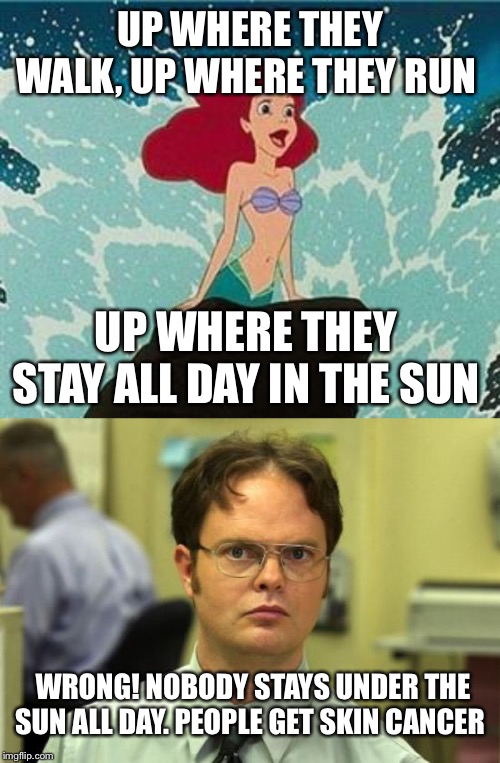Dr. Scott's Skin Spot Screening Spiel
Many people look at their skin and wonder "what the heck is that"?Skin spots are normal for most people, some part of normal aging and some as a reaction to sun exposure.
The most common and harmless ones to see pop up are benign moles a.k.a. Nevi, little red dots called cherry angiomas and seborrheic keratoses which are lovingly called "senile barnacles" by some. These don't need anything done to them if they don't bother you.
The next step up are actinic keratoses which are pre-cancerous skin spots. They feel like rough, mostly flat areas usually on the head and arms/hands. These are easily gotten rid of with liquid nitrogen cryotherapy in clinic if there are just a few or a topical chemotherapy cream if there are a bunch.
Past that, the big things to look for are called the ABCDE's.
Asymmetry (good moles are generally nice and symmetric)
Borders (good moles you can usually tell right where they start and stop)
Color (multicolored usually isn't good)
Dimensions (try to keep them smaller than a pencil eraser)
Evolving (changing in size, shape, color, bleeding or itching)
